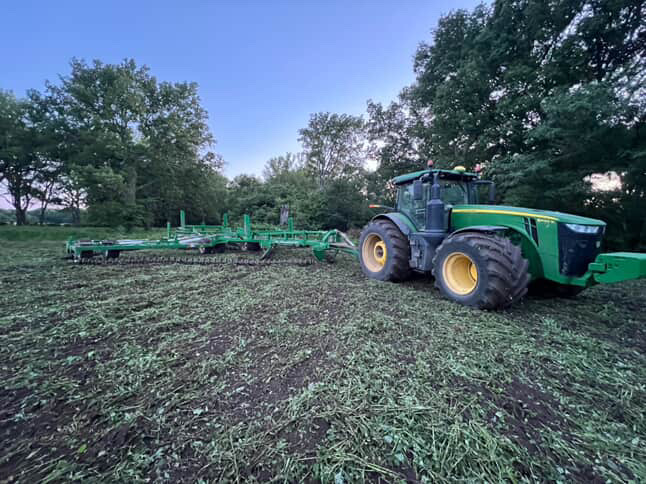Using cover crops has long been considered a cornerstone of resilient, sustainable agriculture. With its integrated approach to cover crops, the KELLY Tillage System offers “Less chemical, more weed control.”
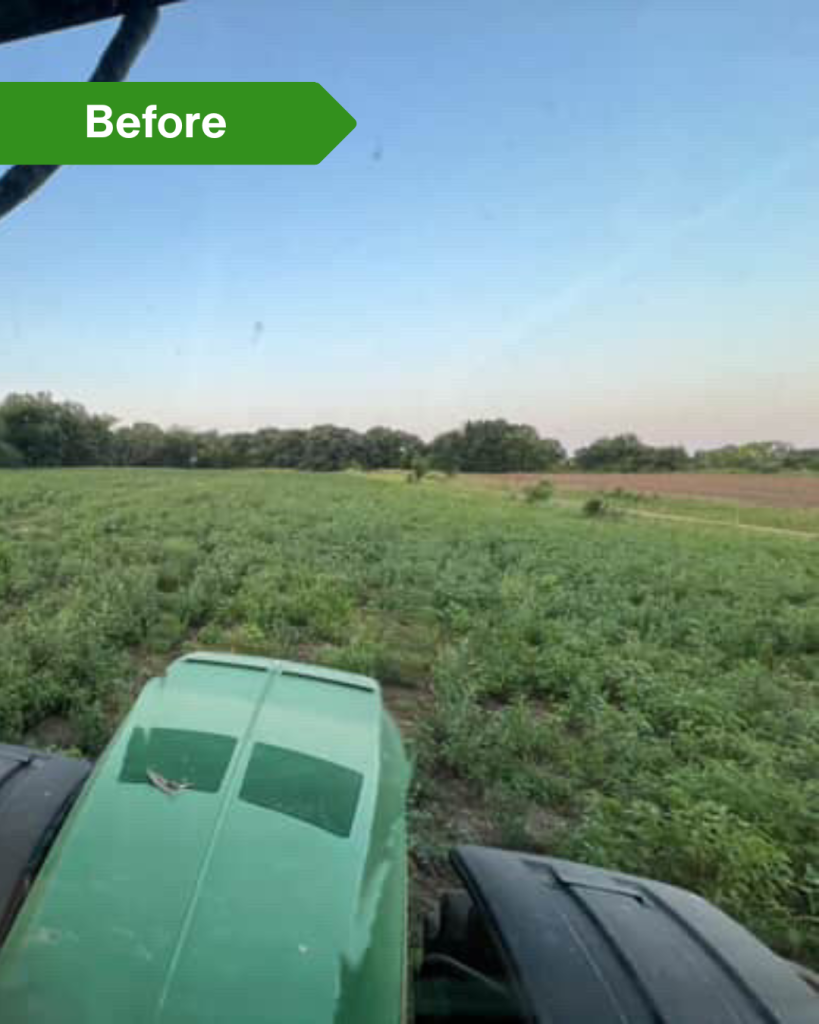
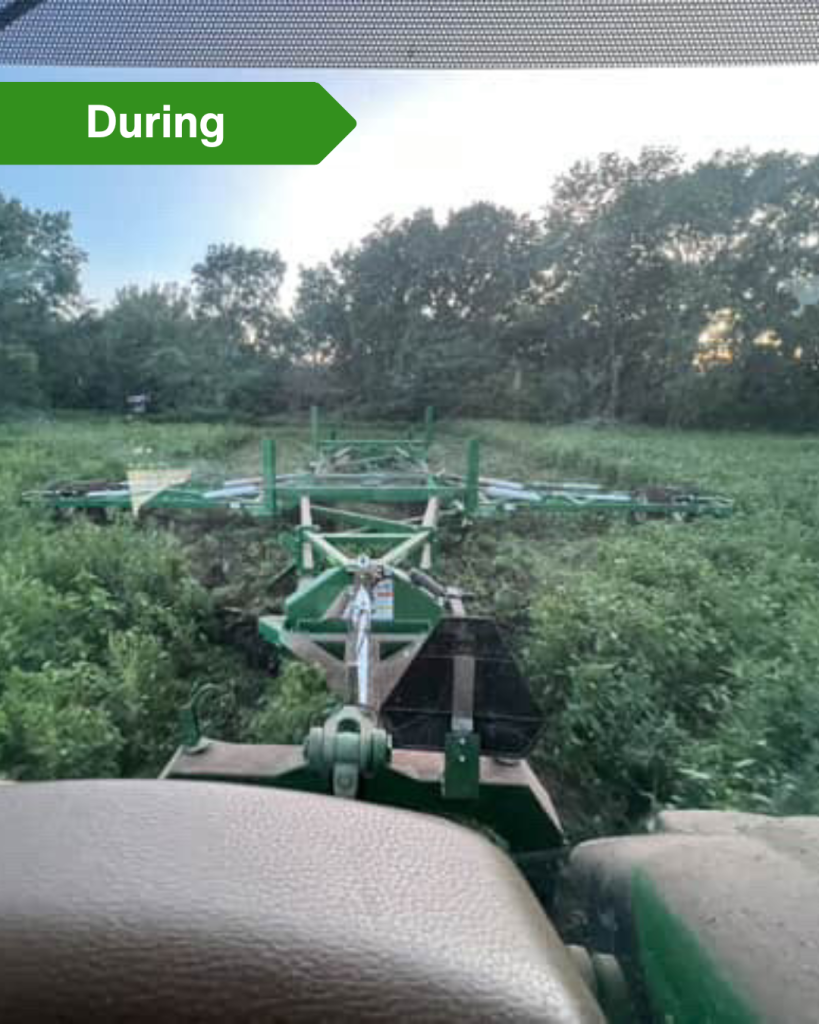
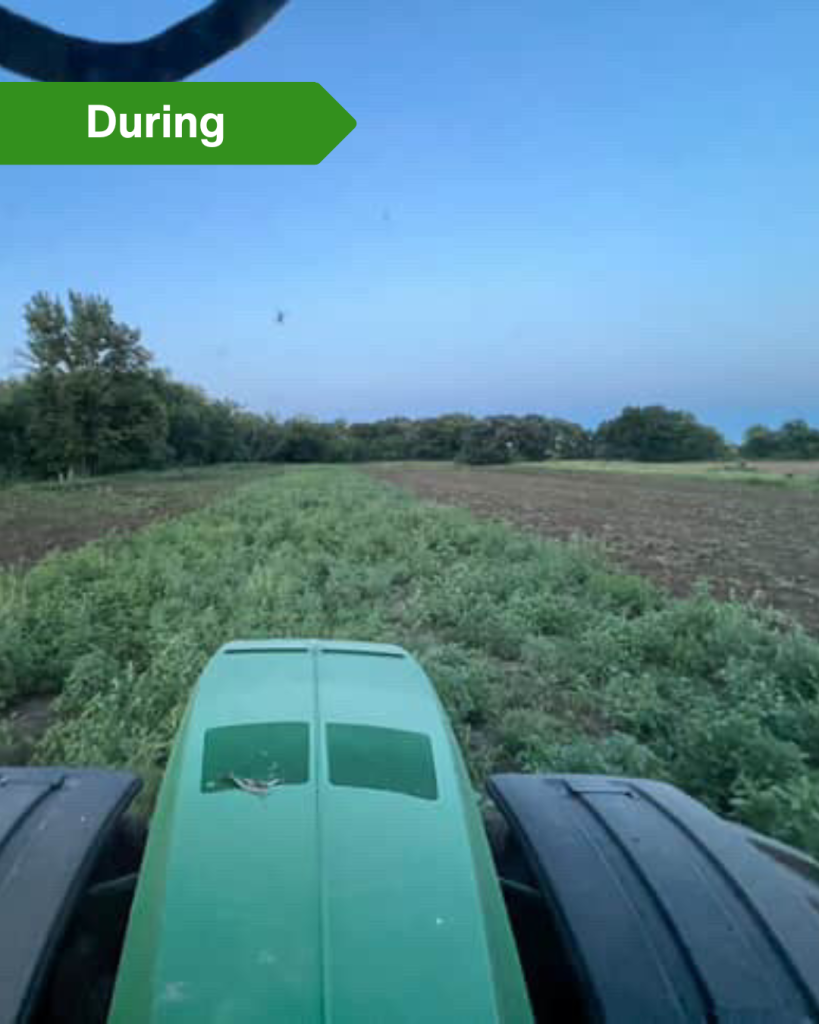
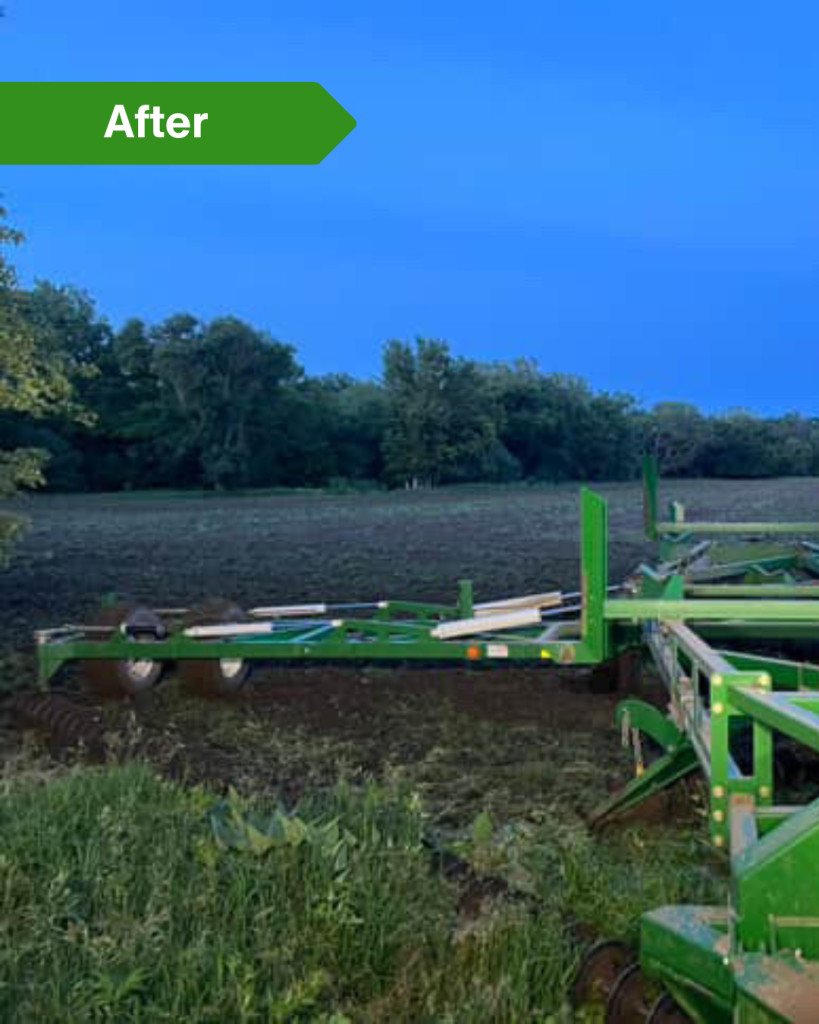
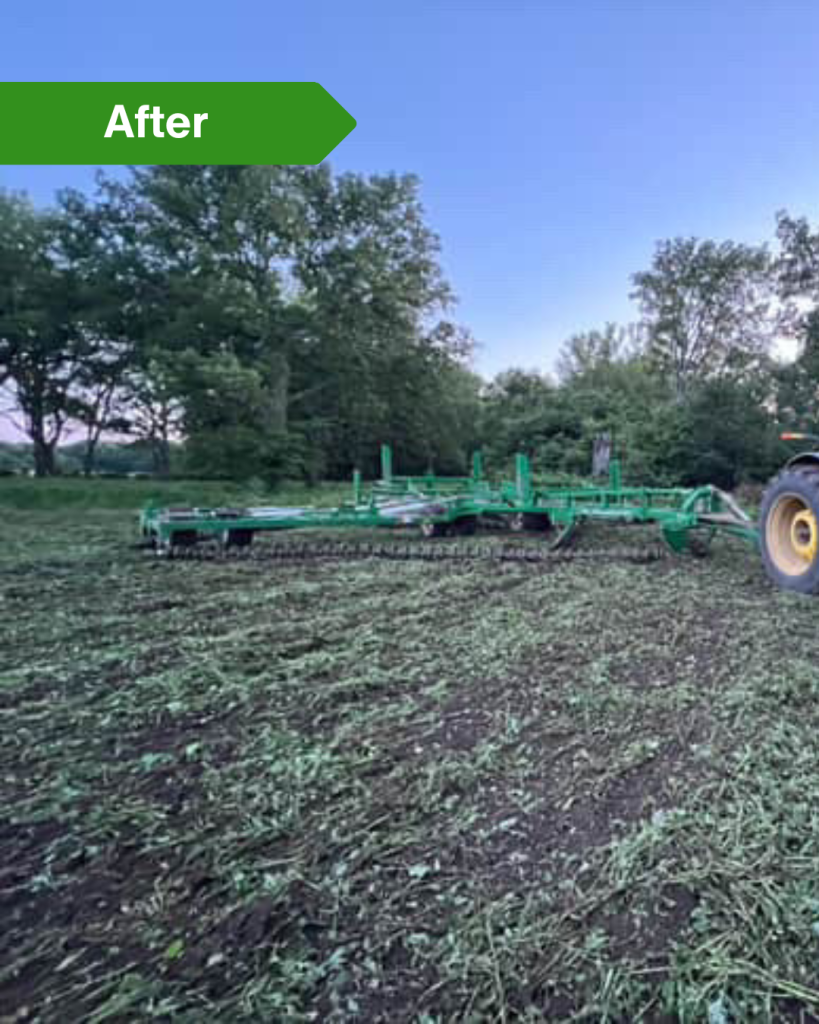
What Are Cover Crops—and Why They Matter
Cover crops, planted during off-seasons rather than for harvest, serve essential functions:
· Shield the soil from erosion
· Enhance moisture retention
· Recycle nutrients
· Suppress weeds
· Bolster microbial communities in the soil.
These living soil covers help close the nutrient loop—particularly nitrogen—by absorbing excess nitrate and later returning it to the soil, reducing nutrient loss and improving fertility.
Species such as annual ryegrass stand out for their rapid establishment, deep fibrous roots, and organic matter contributions—all while naturally suppressing weeds and protecting against soil erosion.
The KELLY Advantage: Fuel Efficiency, Conservation, Weed Control
The real breakthrough comes when the KELLY Tillage System is paired with cover crops. Reduced tillage is another staple of sustainable agriculture, and the KELLY Diamond Harrow offers a shallow tillage solution that reduces tillage compared to traditional equipment. Combining the KELLY Diamond Harrow with the cover crop seeder enables farmers to seed and prep the soil in a single pass—minimizing operations, conserving time and fuel. A connected KELLY Seeder lays cover crop seed directly into the freshly prepared seedbed.
At the end of the season, the same KELLY system can incorporate cover crops back into the soil—returning organic matter to enhance structure and fertility. This closed-loop method underscores the KELLY Tillage core principle: less disturbance, more soil health.
Moreover, the KELLY shallow tillage—typically around 1‑2 inches deep—breaks residue and uproots weeds without harming deeper soil layers. This approach protects structure, preserves moisture, and avoids deep compaction common with traditional tillage.
Fewer Chemicals, Greater Weed Control
One powerful benefit of integrating cover crops with KELLY tillage is its natural weed suppression. Cover crop residue forms a barrier that limits sunlight to weed seeds, preventing germination. Some cover crops also release allelopathic compounds to inhibit weed growth.
Simultaneously, KELLY Disc Chains deliver a mechanical punch—uprooting established weeds and laying them on the surface to die. The shallow tillage stimulates uniform weed seed germination, making subsequent control—if needed—even simpler. This combination supports a chemical-light, integrated weed management strategy, reducing both herbicide quantity and reliance.
Sustainable Gains in the Field
On farms, the KELLY system has delivered striking benefits:
– Reduced fuel usage—just 1/3 gallon of fuel per acre, which is half the fuel of traditional cultivators, while covering hundreds of acres per hour thanks to higher operating speeds.
– Enhanced moisture retention—shallow tillage breaks the capillary layer, reducing evaporation while allowing soil to warm faster for earlier planting.
– Improved seedbed—smoother surfaces enable faster planting speeds and more uniform crop emergence.
“Less chemical, more weed control” isn’t just a slogan—it’s a blueprint for modern, sustainable farming. By pairing cover crops with the versatile KELLY Tillage System, farmers gain:
– Reduced passes, lower fuel and labor costs through one-pass seeding.
– Enhanced soil health, boosted by organic matter, microbial vigor, and improved structure.
– Superior weed suppression, supported by cover crop barriers and mechanical weed removal.
– Minimized chemical usage, thanks to mechanical alternatives.
It’s a win-win: healthier soils, greener fields, and more control—all without overreliance on synthetic inputs. With the forward-thinking KELLY design, cover crops transcend a mere conservation practice to become the backbone of a regenerative farming system.


